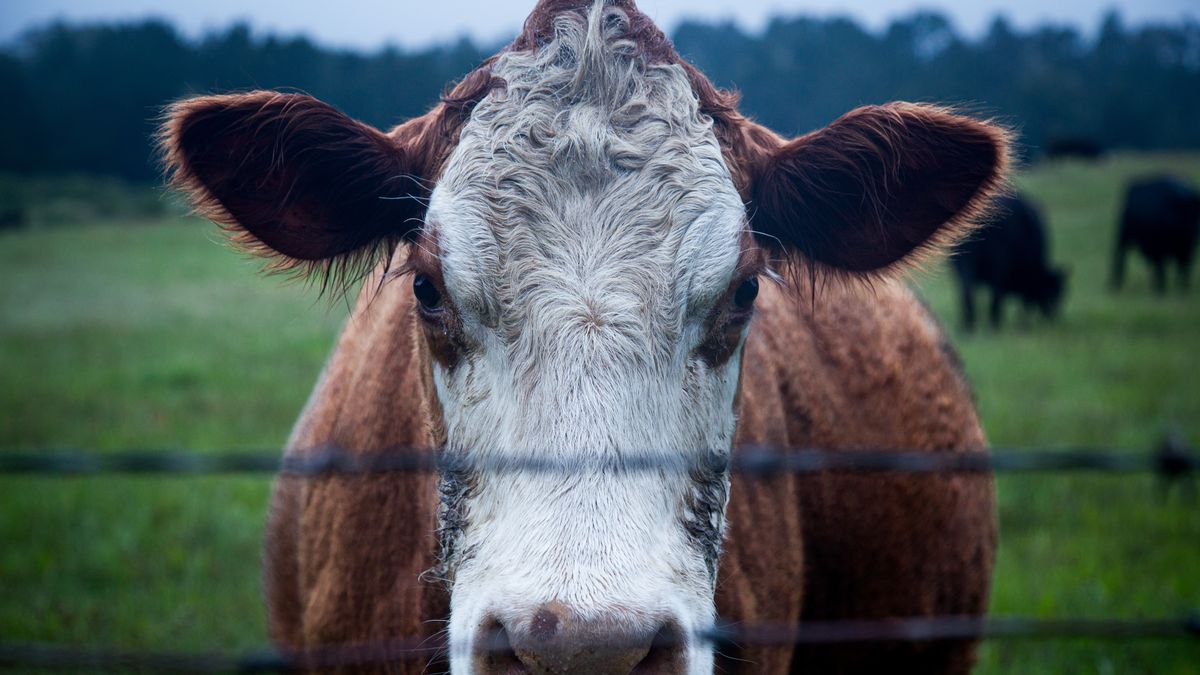The summer drought continues to leave consequences agriculture and one of them are the diseases suffered by animals, the most important inconveniences that the Uruguay around this were the poisonings from the consumption of Golden Seven beetle and sorghum.
Due to plant poisoning, agriculture in Uruguay can lose livestock for up to 27.9 million pesos year. In post-drought periods, it is normal that after three months start to appear these types of diseases.
a month ago, he Ministry of Livestock, Agriculture and Fisheries (MGAP) published a report on the most common poisonings and diseases suffered by cattle after a drought. The report did not include the new outbreaks of poisoning that occurred in bovines by eating beetles “golden seven” —Astylus spp—, since a specific bulletin was prepared in recent days for this.
Uruguay is one of the few countries in the world that has systematized historical records of diagnosed animal diseases in the last 50 years.
What are the most common diseases after a drought?
Anthrax: Anthrax or carbuncle is a zoonotic, telluric, hyperacute and lethal disease. The animals are infected after ingesting the spores that remain contaminating the soil for a long period of time.
This disease is common in the country, and recurrent in wetland areas and plains of large rivers. The outbreaks —of Bacillus anthracis— are registered mainly during the summer, increasing during periods of drought forage crisis, mainly affecting cattle.
Annual vaccination is very effective against this disease that can affect all productive species. The animals are found dead with the presence of bloody discharge in the anus, mouth and nose. Equines and swine may develop neck and throat edema.
Black peach poisoning: The intake of the Cestrum parqui plant or “Black Peach” increases in times of drought, and outbreaks of poisoning have increased in recent days. The plant grows under the trees, and is very common in native forests on the banks of large rivers, mainly on the coast of the country. There is no treatment for the condition, and mechanical removal of the plant is very difficult.
The plant, of low palatability and highly hepatotoxic, is ingested by animals in conditions of extreme drought. The main consequences of its intake are aggressiveness, anorexia, abdominal pain, incoordination, and muscle tremors, which precede death 24 to 72 hours after consumption.
bacillary hemoglobinuria: This disease is highly lethal for adult cattle, and is caused by Clostridium haemolyticum. It occurs in every spring-summer period, mostly in low fields and the eastern and northeastern wetlands of the country.
The disease can be confused with the aforementioned anthrax, since it affects the same areas of the territory and the same categories of animals. The disease can be prevented with a good vaccination plan. Vaccines are effective for 4 to 6 months.
Malignant Catarrhal Fever: Lethal disease in cattle with low morbidity, caused by Alcelaphine sheep virus type 2. Sheep are asymptomatic carriers of the virus, and transmit their infection to cattle, which become infected mainly through direct contact with nasal secretion aerosols from infected sheep, which occurs mostly in mixed grazing.
The increase in the incidence of the disease in times of drought could be related to shared drinking troughs. Although no cases of the disease have been confirmed this year, its epidemiological surveillance is important for the country.
Source: Ambito




